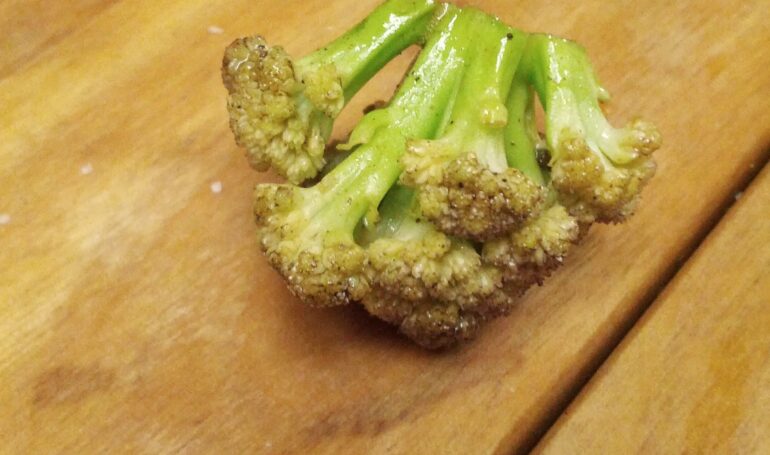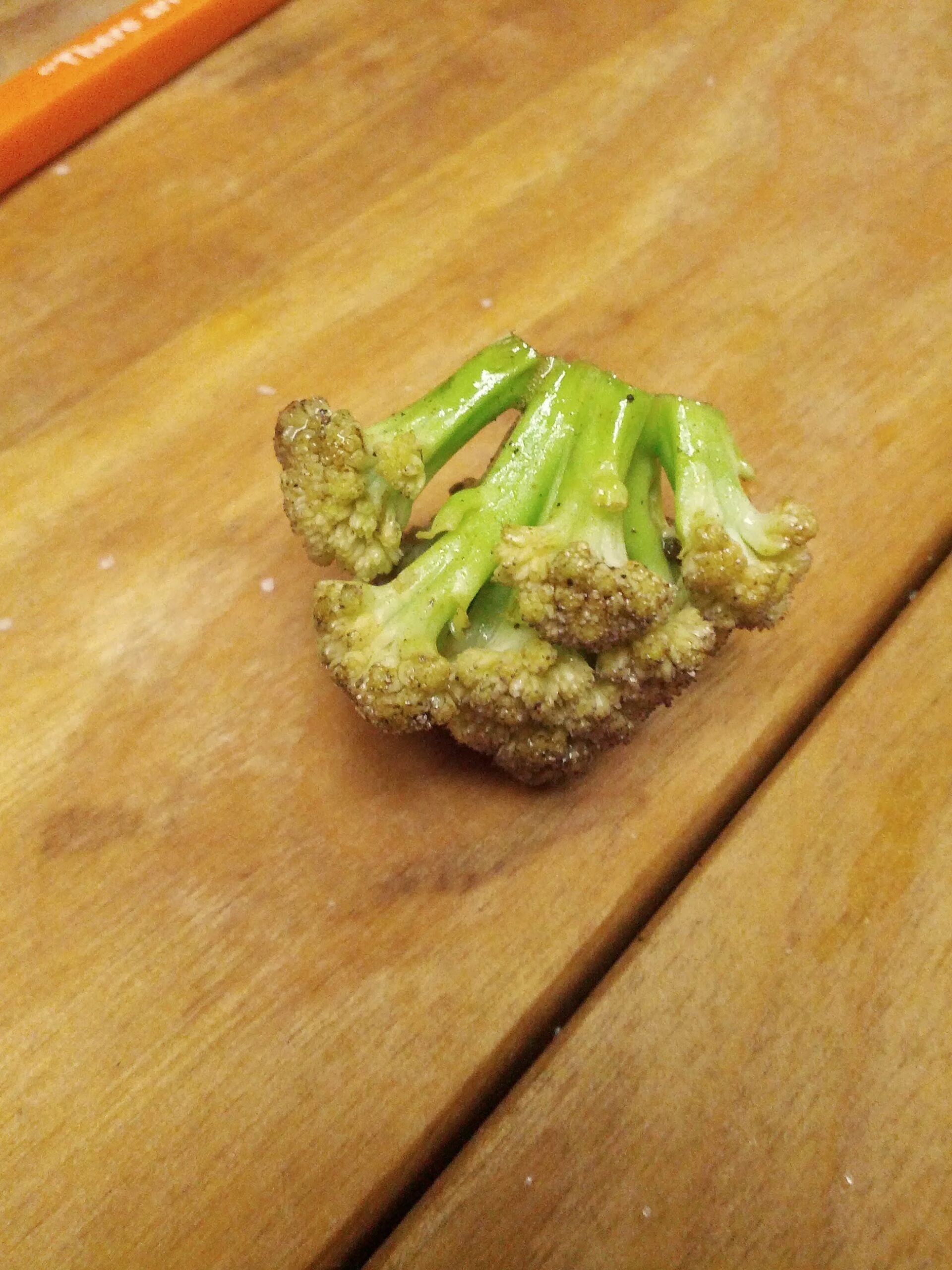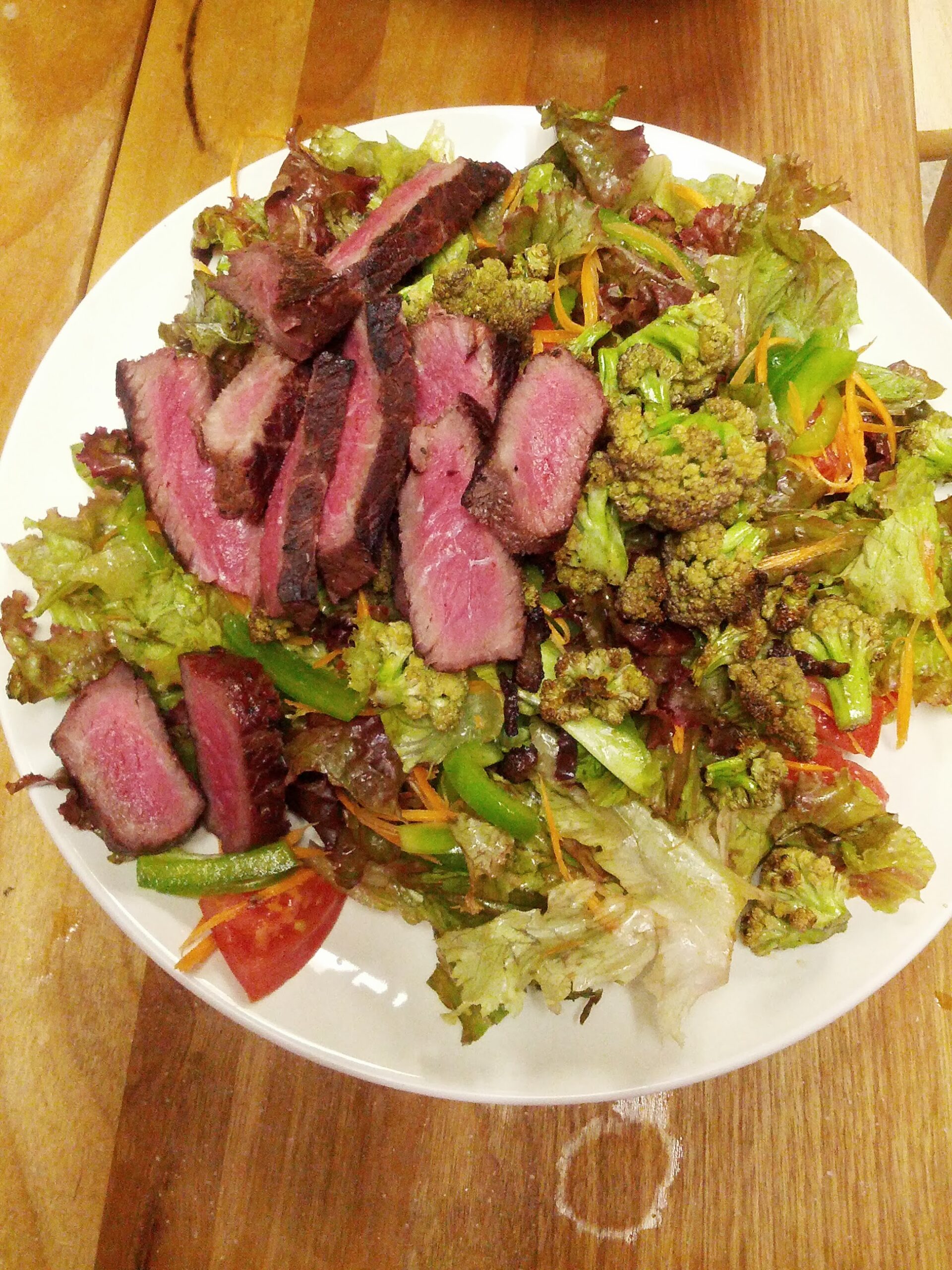
Garden Tuesday: It may be bitter, but I grew and I will eat it dangit!
I don’t own a TV. After selling a big, bulky, old, cathode ray tube television, we just never got around to upgrading to a nice, svelte, flat screen type. Over time, we just got so used to not having one that it just became pointless to buy new one.
However, I remain so electronically dialed-in by every other means that saying I don’t have a TV is hardly a high-horse for me to stand on and proclaim moral superiority over all the plebes with TVs. Although, I must admit, I succumb to the urge to feel morally superior on this front periodically. Just ask my friends on that one! I would say my addiction to the ability to instantly be gratified by mindlessly watching the next episode of any given series on Netflix is even stronger than my former addiction of watching a Law & Order marathon when I did have a TV. Said addiction does require that all episodes of all seasons be available lest I be disappointed that Mad Men Season 6 is unavailable immediately So, yeah, I don’t get the most up to date shows, commercials and plugs for new products, but I have managed to be fully and shamelessly engaged with twerking, the latest release of any new electronic gadget and all viral memes.
So, what, you may ask, does this have to do with gardening and bitter vegetables as the title might suggewt?
Well, gardening has been an excellent activity for relaxing brain, improving my emotional well-being and getting over being stimulated with so much media and electronic input. I know, I know, there is this giant trend of blogs and articles about how our hyper-connected lives are undermining our peace and serenity. I don’t feel like tackling all that said research here, but, from my experience, hands on activities, where the smart phone, smart tablet, smart computer or whatever other smart thing stays firmly in its home base because your hands are full, are good ways to unplug. Gardening is doubly good for this because while disconnecting, it is really rewarding to also be nurturing a life.
I could accomplish this hands-on, nurturing activity how many other 30-something women with a biological countdown to infertility do, but, instead, I chose gardening.
One, gardening is soothing in a way that children never are to me. I will not awe and coo at a child showing off some talent whether it be cuteness, a crayon masterpiece or a one-kid, one-act, incoherent play. But I can be totally awestruck by a beautiful, well-formed, perfectly ripe heirloom tomato. It is also morally inappropriate to put children to work feeding you as you do your garden, but that is a different topic. Finally, my cauliflower doesn’t verbally talk back.
Cauliflower may not talk back verbally, but it does register protest when it has been neglected over long periods of time. After months of being left in the dirt without much more than a passing glance as I walked by it on the way out, my cauliflower finally started developing heads. I registered this milestone and kept on walking. Keep in mind, this isn’t just white cauliflower, but the special green stuff. As time went on, they got fuller and rounder. I ignored them. I guess I was probably on my way to partake in some Facebook voyeurism.
After an extended period of neglect, the heads started getting shaggy. Did you know that the heads of broccoli and cauliflower are nothing more than big clusters of really tight flowers? Well, when the plant senses it is time to seed, it starts focusing all it energy into flowering in order to spread its seed. For some plants, this time is triggered by the length of the day. For things like cauliflower, it is usually an increase in average daily temperature that triggers this behavior. So, as the summer days waned on and got warmer and warmer, my cauliflower decided to start registering its protest over neglect by opening its flowers to begin its cycle of seeding.
It all sounds mighty bucolic for a plant to march along in this circle of life toward reseeding itself. However, in the name of surviving a heat wave, a cauliflower plant uses the energy it stored as sugar to flower and seed. Thus, it becomes bitter and tough. Sure, you may be saying that cauliflower is bitter and tough as it is, but it is possible for it to be even more bitter and more tough. And mine took on the bitter flavor of a moody five-year-old toddler who is stewing in some wicked indignity. It may not have spoken outloud, but it had spoken.
In the battle of the whits with a pouty and bitter cauliflower head, some might say to ignore it. Let it go to seed and get on with its life cycle. Focus on the nice, sweet garden vegetables that have a bright future ahead. But in my own stubborn-ness, I choose to take on the challenge of the bitter cauliflower.
With a little reforming and discipline, even the my bitter little heads were cajoled into performing. A bit of peeling burnished their tough exterior. A quick blanching seemed to brightened up the heads with a smile. And then the big guns of salt, butter and a bit of bacon convinced me they had a positive future ahead and were worth the hard work and effort. It also didn’t hurt to serve them on a bed of tender leafy green along side a juicy, full-flavored, perfectly cooked steak. It does indeed take a village.


Leave a Reply